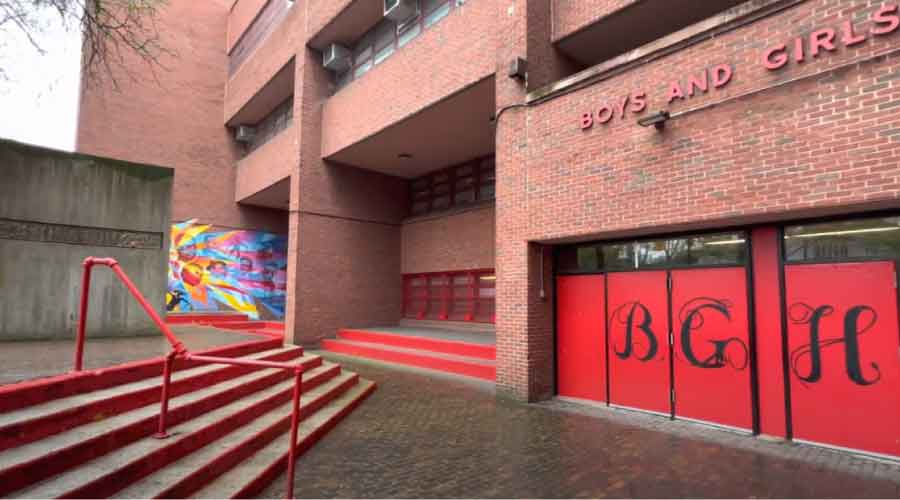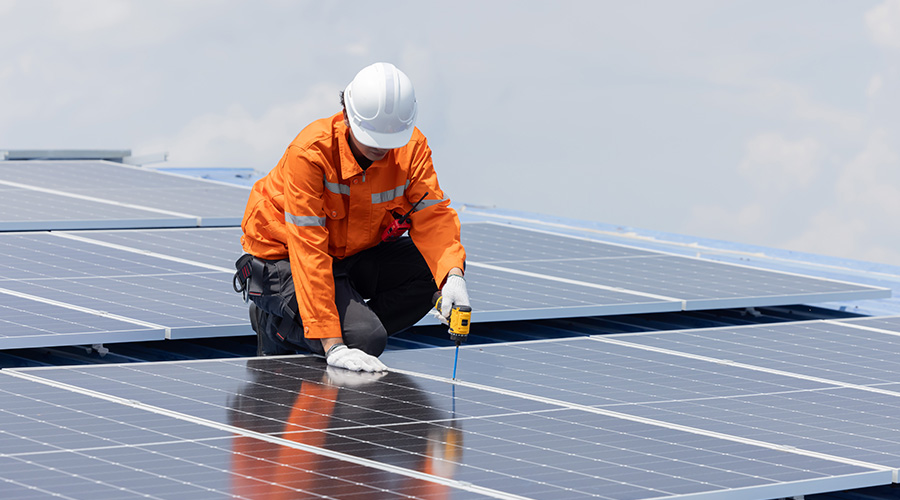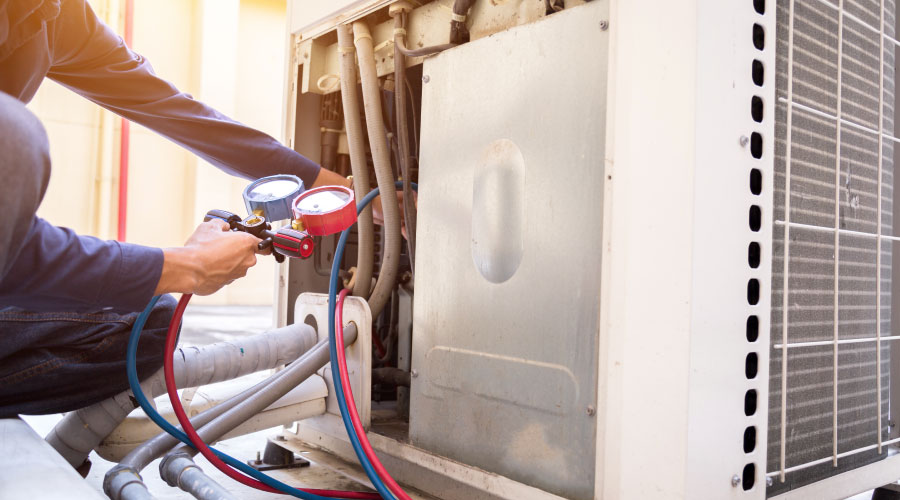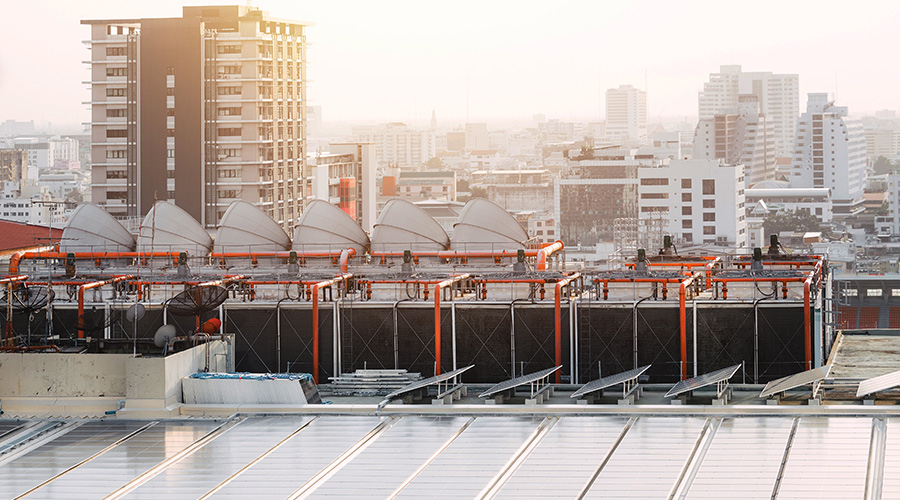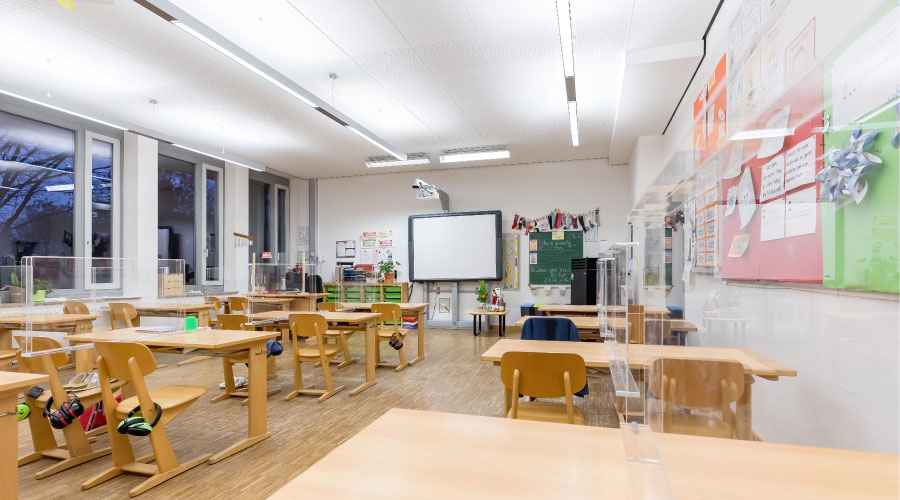New York Schools Were Early Adopters of MERV-13 Filtration
The cost for the MERV-13 filters in the air conditioner units was significantly less than in the purifiers.
Early in the COVID-19 pandemic, the air conditioning company’s engineers recognized that their standard window and through-the-wall air conditioner lines were already built with the necessary headroom to expand their filtration from a MERV-6 to a virus-removing MERV-13.
Almost all window air conditioners sold in the U.S. are now manufactured in Asia. In order to fit a greater number of air conditioners onto shipping containers, Asian-manufactured units are built necessarily small, leaving little room for a more robust filter.
“You’ve got to get the packing boxes to a certain size because you don’t want to fit two-and-a-half boxes across your shipping container. You want to fit that third box,” Blady says.
A further obstacle for Asian-based manufacturers is that the cost of shipping has increased significantly during the pandemic.
Early in the pandemic, the New York City Department of Education purchased air purifiers, budgeting for two purifiers per classroom. However, Eneref has learned that the air purifiers were insufficient at reducing viral exposure because they refreshed the classroom’s air only twice per hour. A study by Dr. Brent Stephens, who leads the Illinois Institute of Technology’s Built Environment Research Group, found that each purifier was only able to turn 129 cubic feet of air per minute (CFM). The window air conditioners, on the other hand, turn 640 CFM according to Friedrich’s engineering department. Furthermore, the cost for the MERV-13 filters in the air conditioner units was significantly less than in the purifiers.
In the school, the MERV-13 filters capture airborne respiratory viruses and trap pollutants. Many existing HVAC systems were designed using MERV-8 filters or less, yet MERV-13 filters are five times more effective at capturing respiratory droplets and reducing viral concentration. Asthma, too, is managed with better filtration because the condition is triggered by indoor exposure to allergenic irritants. Nearly one in 13 school-age children suffer from asthma in the U.S.
Outdoor air welcomed
Outside air dilutes indoor airborne contaminants, which is why opening windows is recommended. However, the CDC suggests that while ventilation can reduce the risk of viral exposure, it will not eliminate risk. The air conditioners in the school are designed to allow some outside air to ventilate the classroom. At the same time, their MERV-13 filters limit the need for an overabundance of outdoor air, thereby lowering the costs of heating and cooling from temperature differentials.
Both system performance and filter performance are considered in the design of a well-balanced air conditioner. A robust filter requires more air pressure, or power, to pull air through the filter. However, impeding the airflow can freeze up the system. Friedrich’s engineers explained that their units employ numerous technologies to protect the coils from a restrictive air flow, including forward curved blowers, the performance of the compressor and heat exchangers, the overall design, and the shape of the filter itself to physically fit for optimal performance.
“My question to (the manufacturer) was, if we put this filter in, will it cut the CFM of the amount of air that it’s going to move. And they said that it’ll be fine,” Blady says. “To me it means that the customer’s not going to call and say my unit is freezing up … that it’s working.”
To guarantee there is no leakage around the filtration system, the air conditioning utilizes a filter-holding mechanism with special gap fittings and notches that securely rest flush against the front coil.
“There’s one thing that you don’t want, it’s aggravation and unhappy customers, so you want to sell them a good product,” Blady said. “That’s a good product.”
School Principal Grecian Harrison envisions Brooklyn’s Boys and Girls as a high school that helps students achieve success and embrace learning in a safe and supported environment. Healthy indoor air is part of that school’s safety program. Eneref Institute’s Wellness Friendly School’s campaign advocates that MERV-13 filters should be a standard in school classrooms across the U.S.
Flavia Dinnebier, PhD in Environmental Education, Master of Environmental Law is research director of the Eneref Institute, a global research and advocacy organization based on environmental and social issues.
Related Topics:








